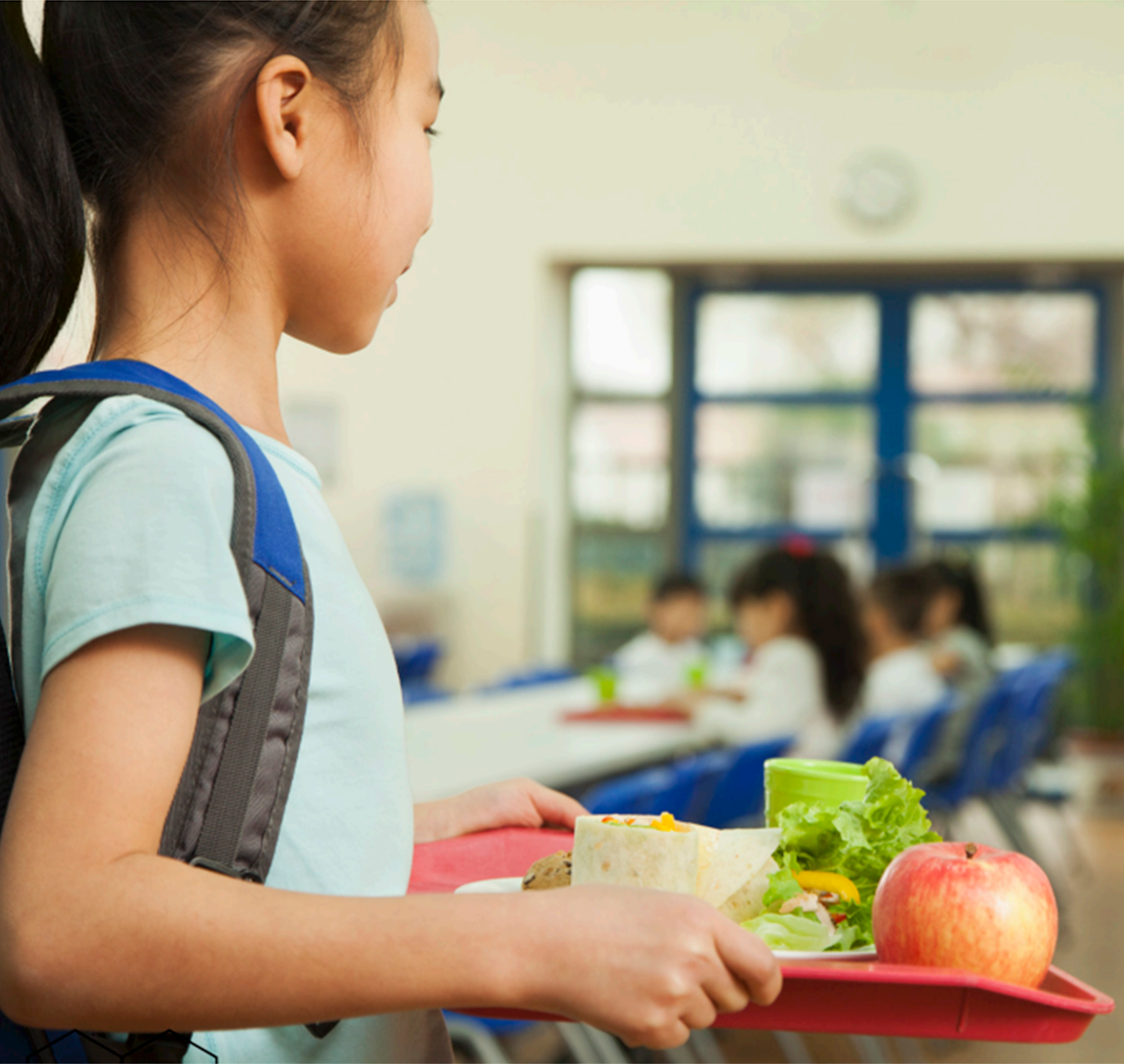
True Cost of Food: School Meals Case Study
November 2021
This report shows that school meals are essential for the health and economic stability of communities. With these findings, policymakers, food professionals, advocates, communities, and individuals are better equipped to maximize value to society, including through investing in school meals, by creating a food system that is more nourishing, regenerative, and equitable.
School meals provide critical nutrition for 30 million children and their families across America. When children have their basic needs met, they are healthier and they learn better. For them, school meals often provide the healthiest food they have access to each day and a foundation for their wellbeing and long-term success.
In this report, The Rockefeller Foundation and the Center for Good Food Purchasing find that while school meal programs cost $18.7 billion per year to run, they provide nearly $40 billion in human health and economic benefits even when we measure only their benefits to human health and economic equity.
This analysis of the National School Lunch Program and School Breakfast Program demonstrates how the True Cost Accounting methodology, which considers multiple dimensions of a food product, program, or system, can help elucidate the impacts of different food system solutions and policies on intersecting issues and systems. The case study builds upon our July 2021 report True Cost of Food: Measuring What Matters to Transform the U.S. Food System, which outlines additional areas of impact that must be considered when analyzing the food system.
With the new analysis on school meals, governments, advocates, corporations and individuals are better equipped to maximize value to society, including through investing in school meals, by creating a food system that is more nourishing, regenerative, and equitable.

True Cost of Food: School Meals Case Study
November 2021
This report shows that school meals are essential for the health and economic stability of communities. With these findings, policymakers, food professionals, advocates, communities, and individuals are better equipped to maximize value to society, including through investing in school meals, by creating a food system that is more nourishing, regenerative, and equitable.
School meals provide critical nutrition for 30 million children and their families across America. When children have their basic needs met, they are healthier and they learn better. For them, school meals often provide the healthiest food they have access to each day and a foundation for their wellbeing and long-term success.
In this report, The Rockefeller Foundation and the Center for Good Food Purchasing find that while school meal programs cost $18.7 billion per year to run, they provide nearly $40 billion in human health and economic benefits even when we measure only their benefits to human health and economic equity.
This analysis of the National School Lunch Program and School Breakfast Program demonstrates how the True Cost Accounting methodology, which considers multiple dimensions of a food product, program, or system, can help elucidate the impacts of different food system solutions and policies on intersecting issues and systems. The case study builds upon our July 2021 report True Cost of Food: Measuring What Matters to Transform the U.S. Food System, which outlines additional areas of impact that must be considered when analyzing the food system.
With the new analysis on school meals, governments, advocates, corporations and individuals are better equipped to maximize value to society, including through investing in school meals, by creating a food system that is more nourishing, regenerative, and equitable.



